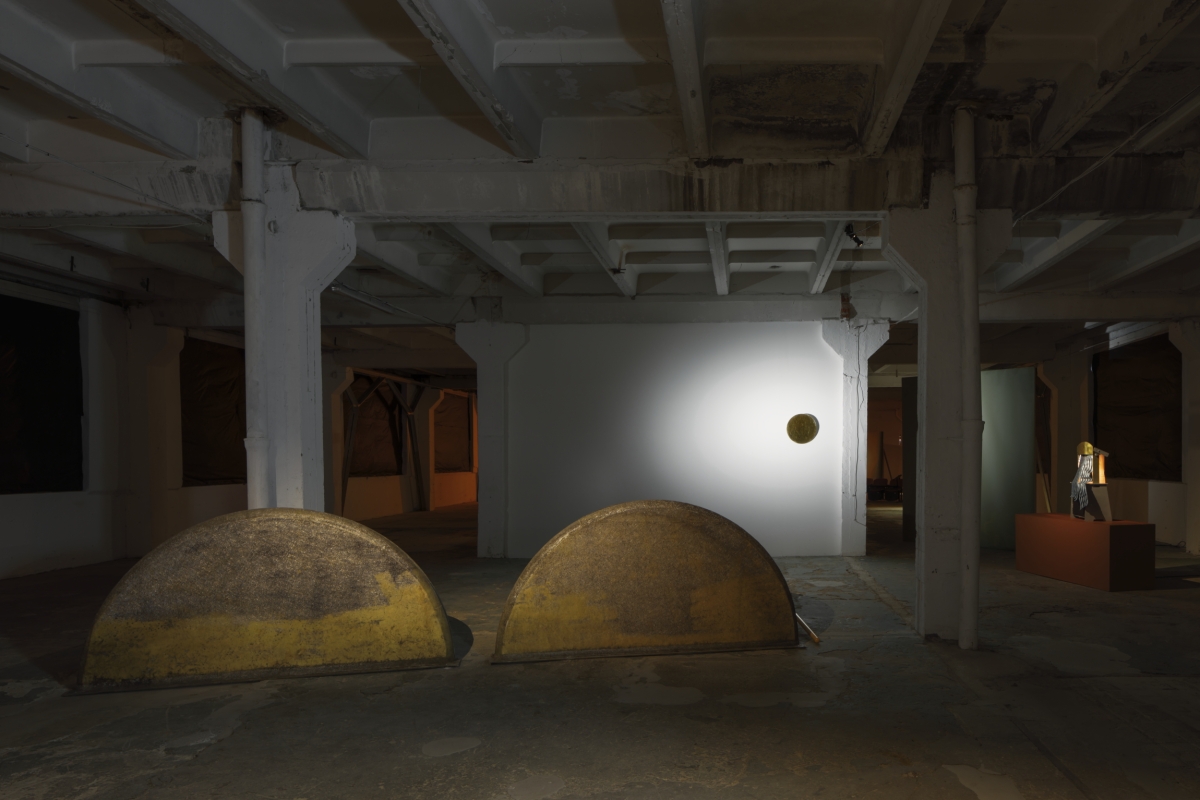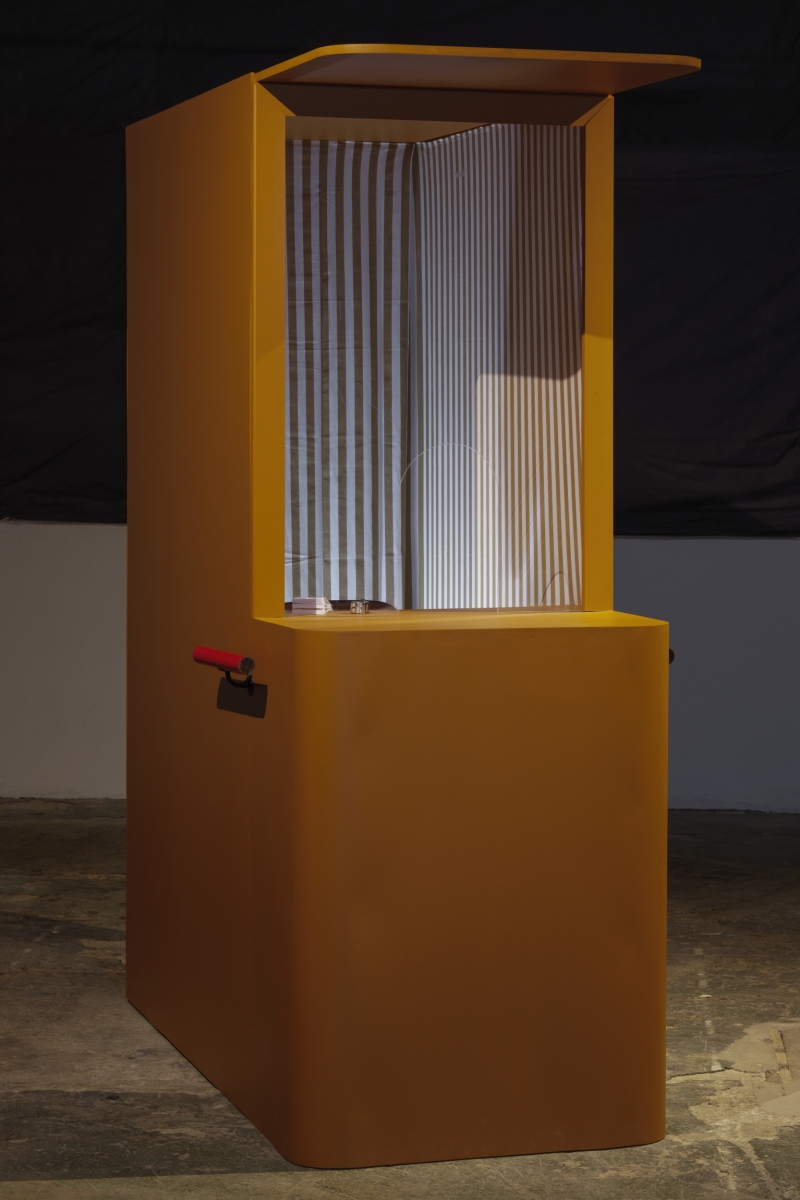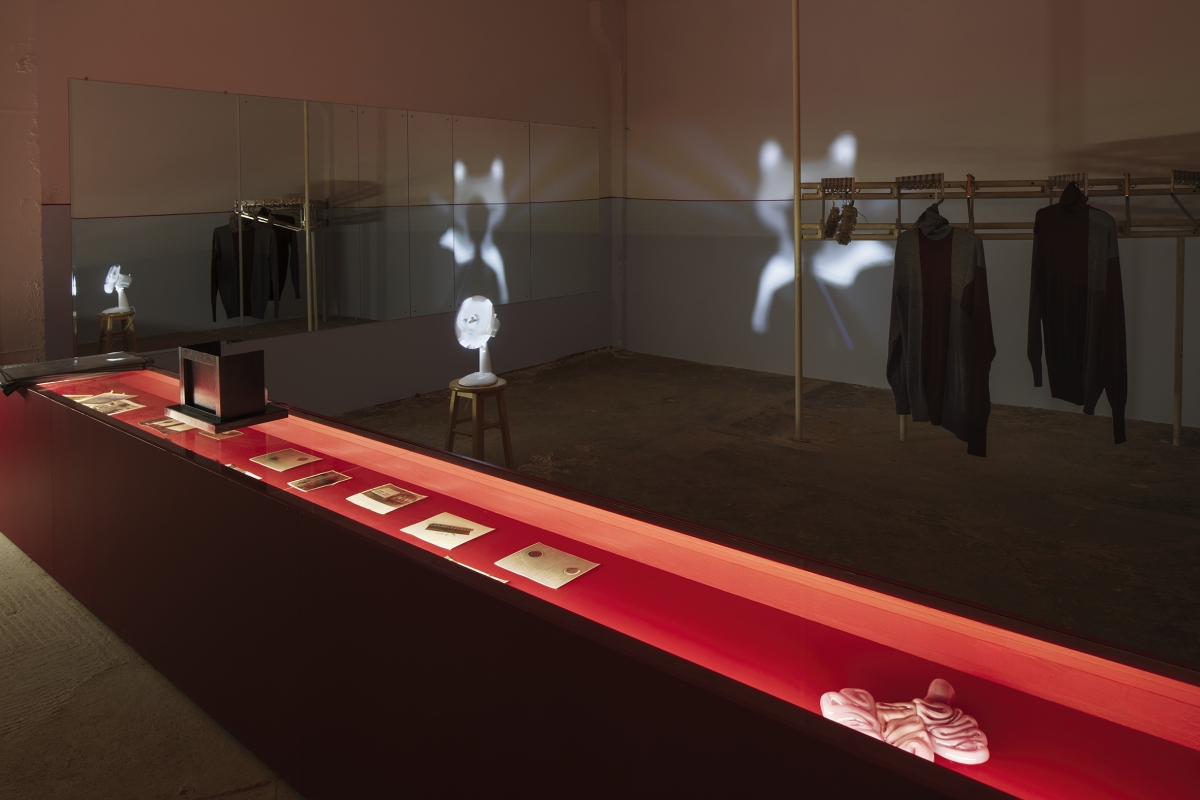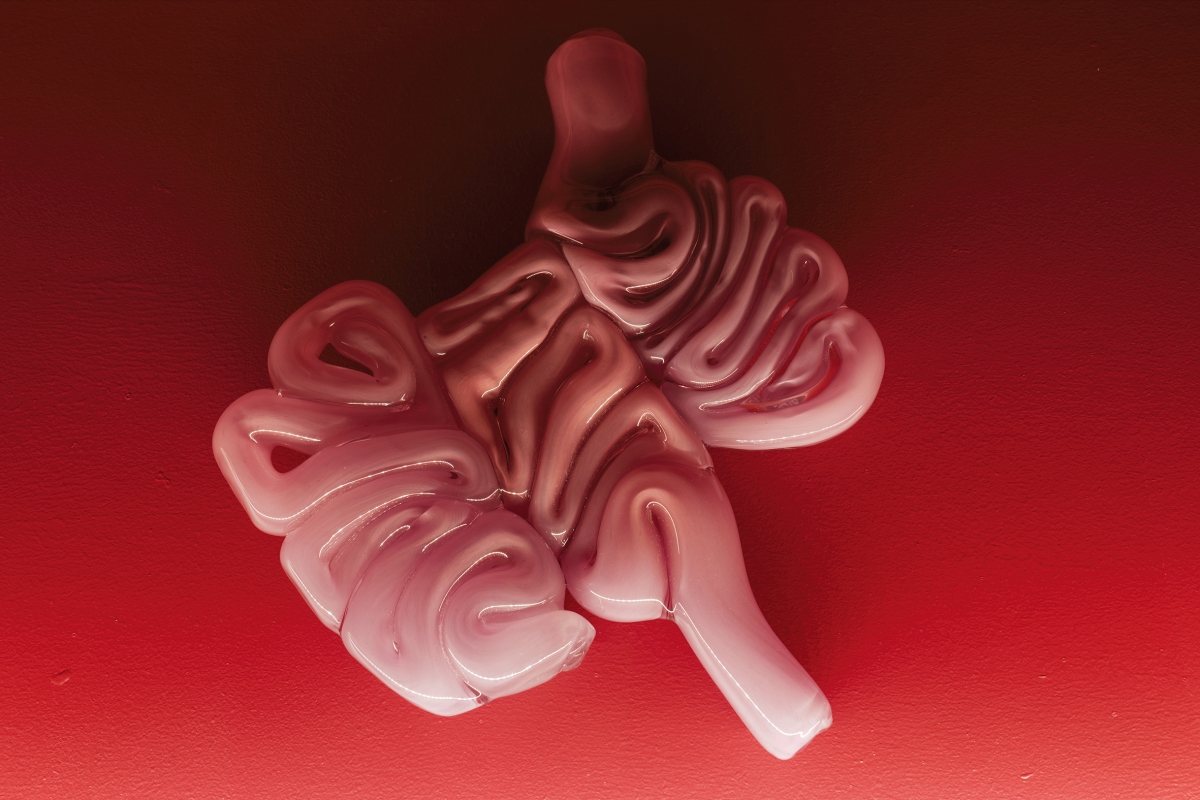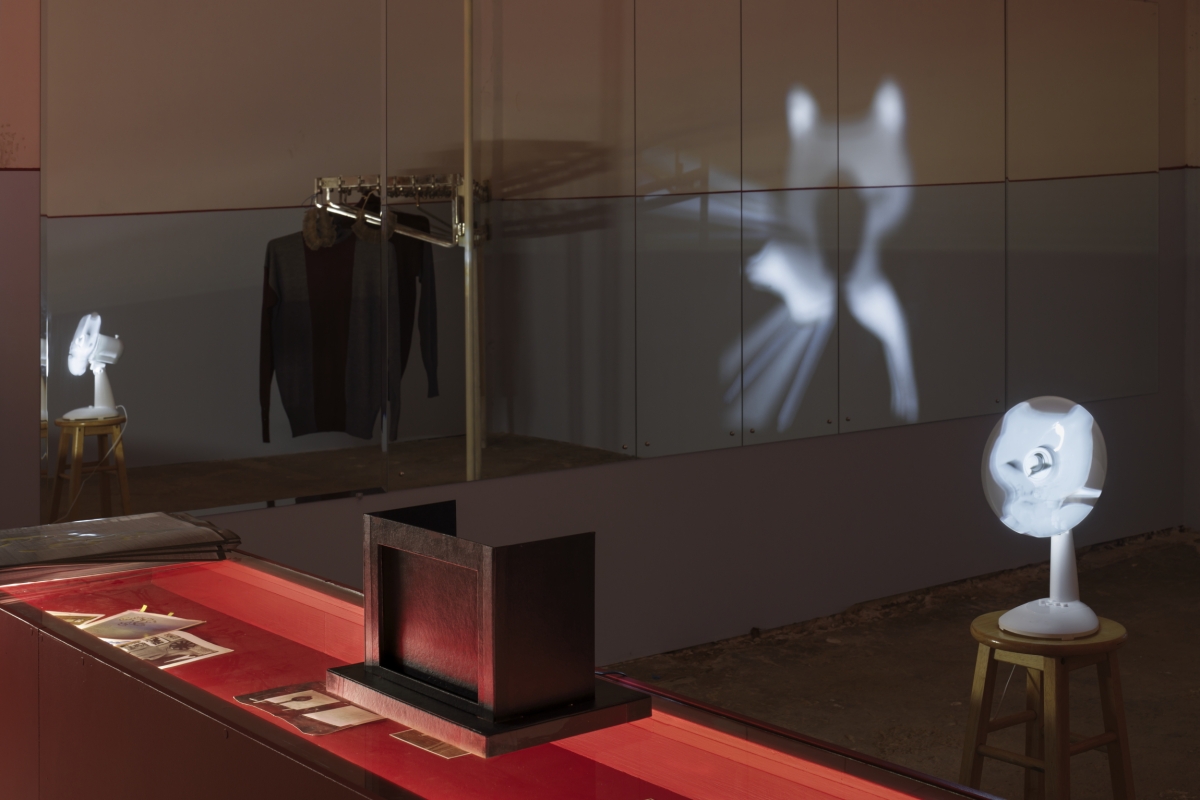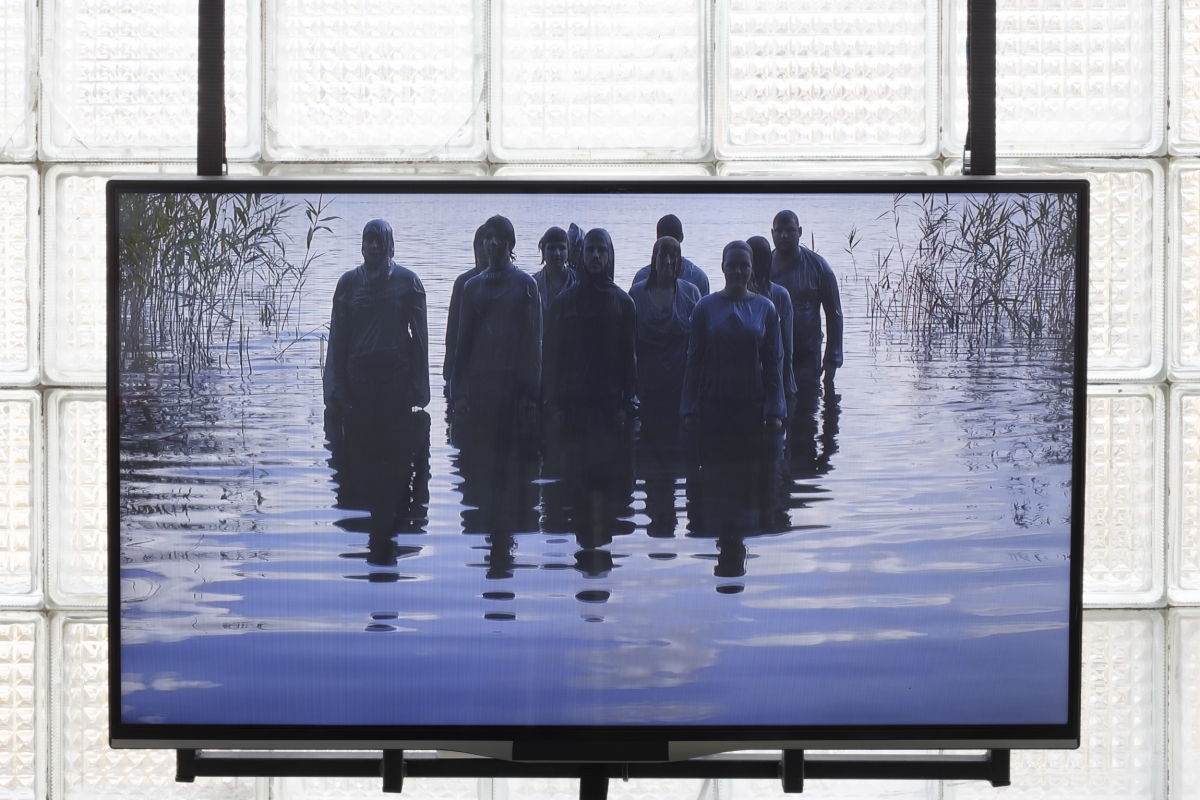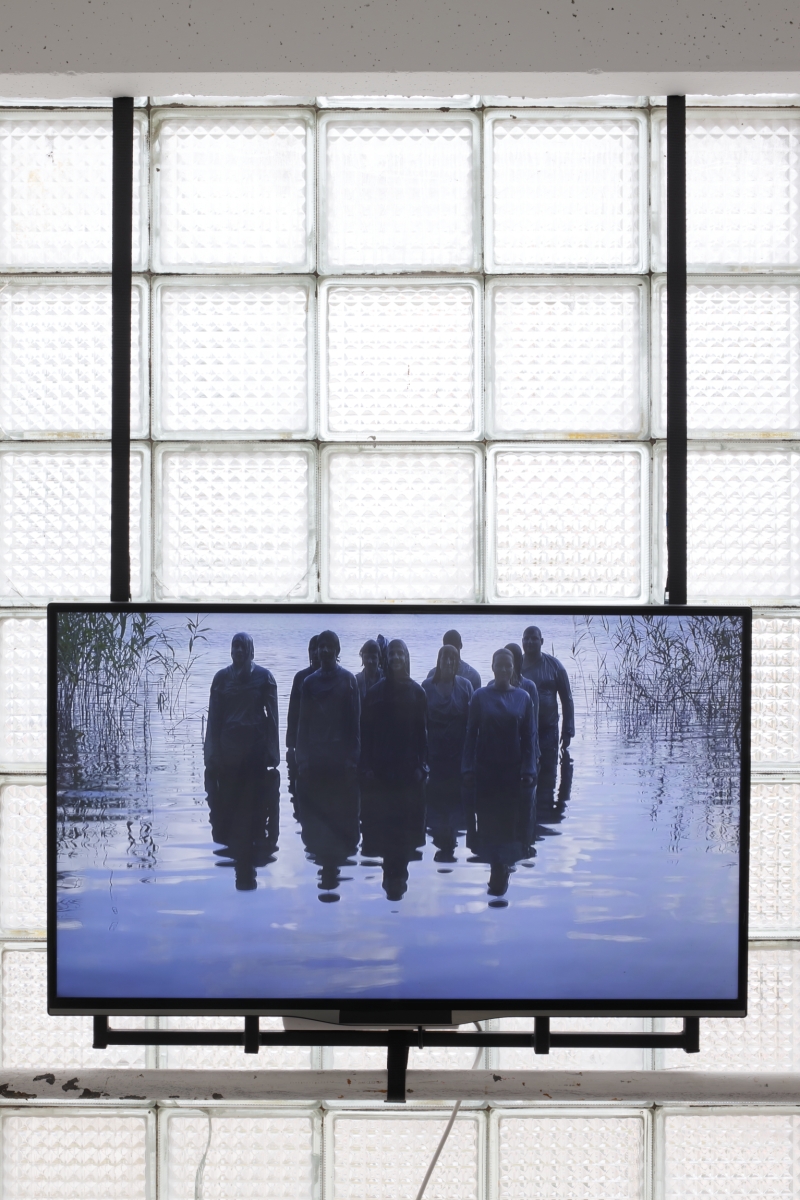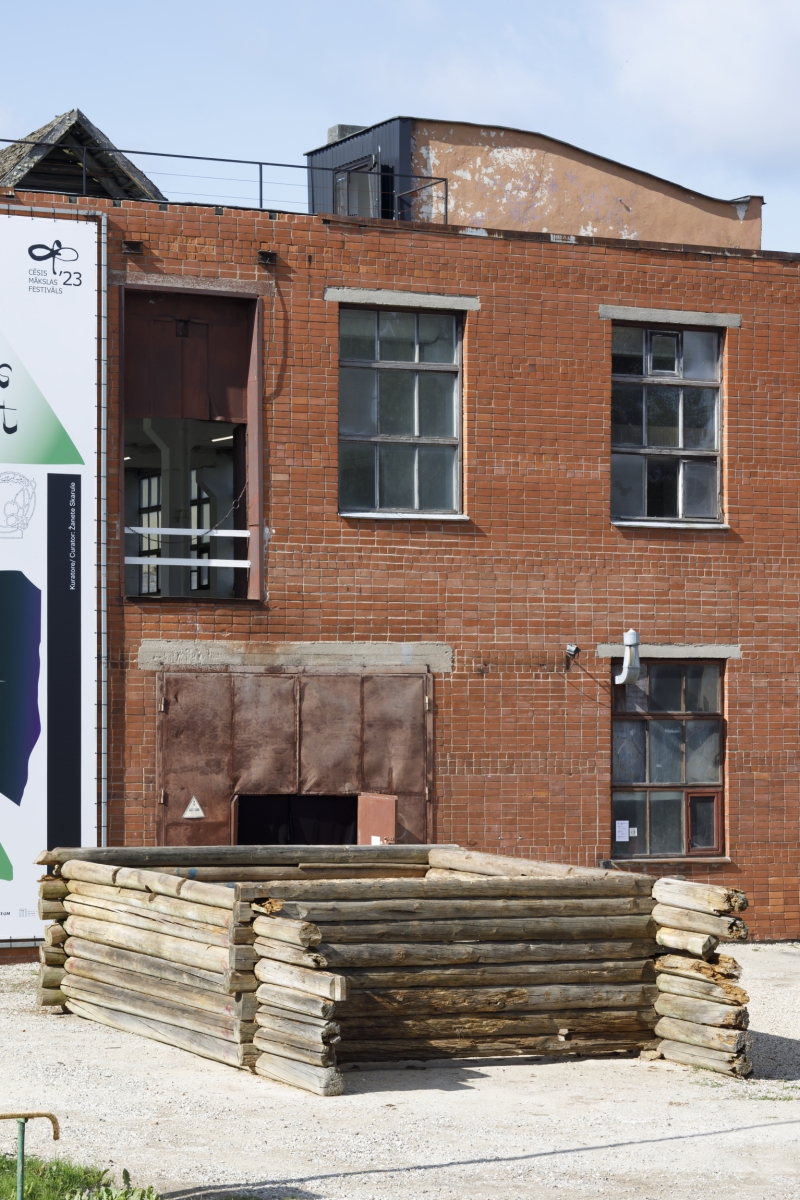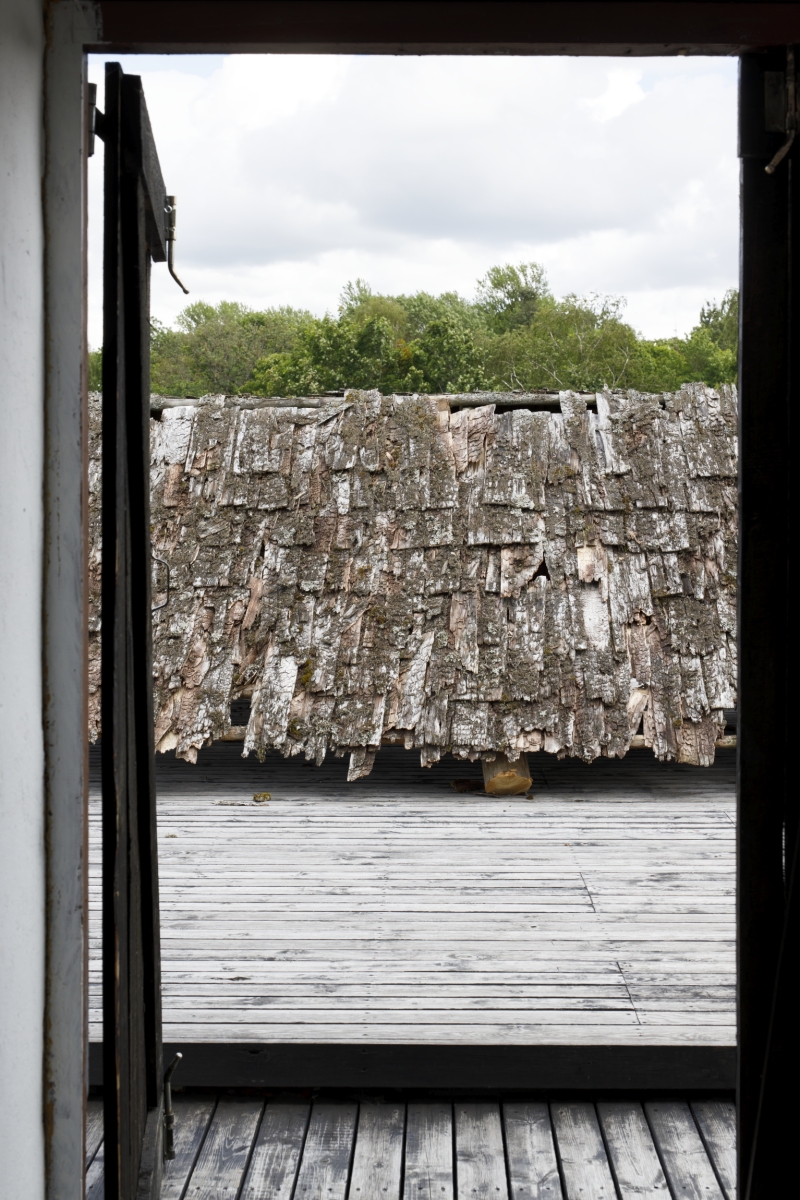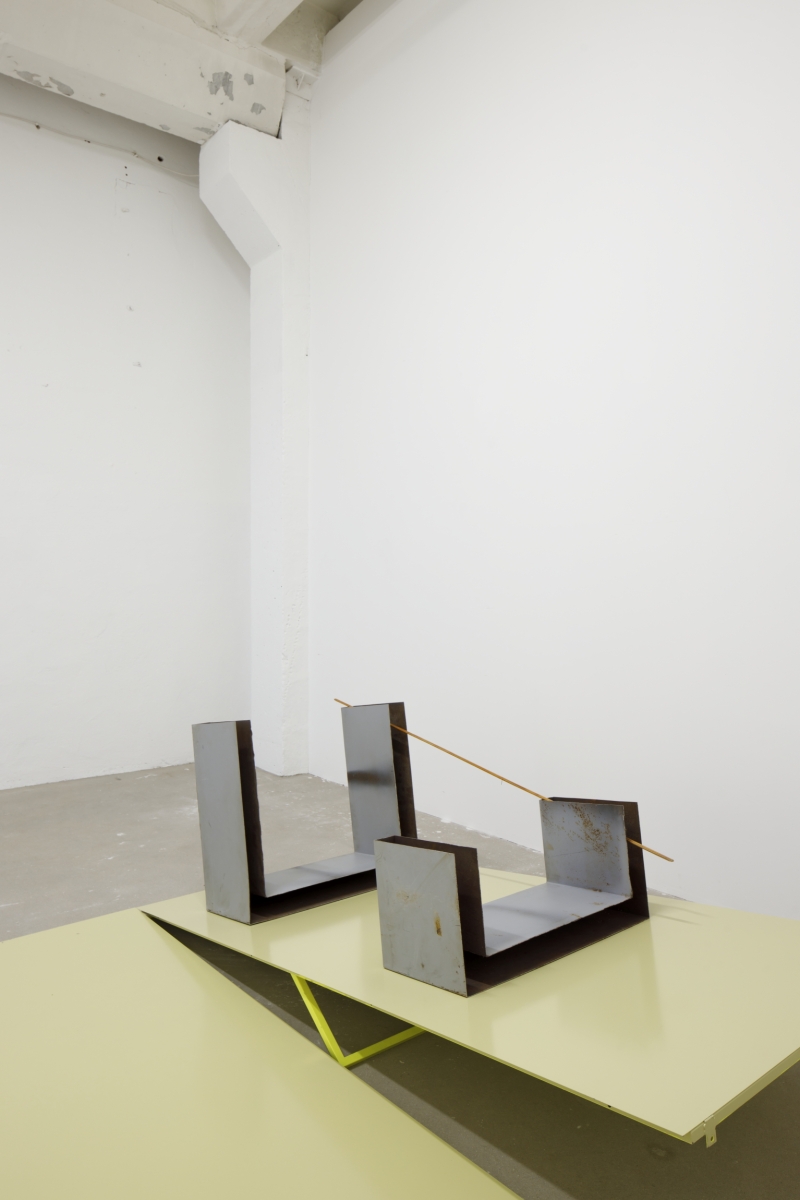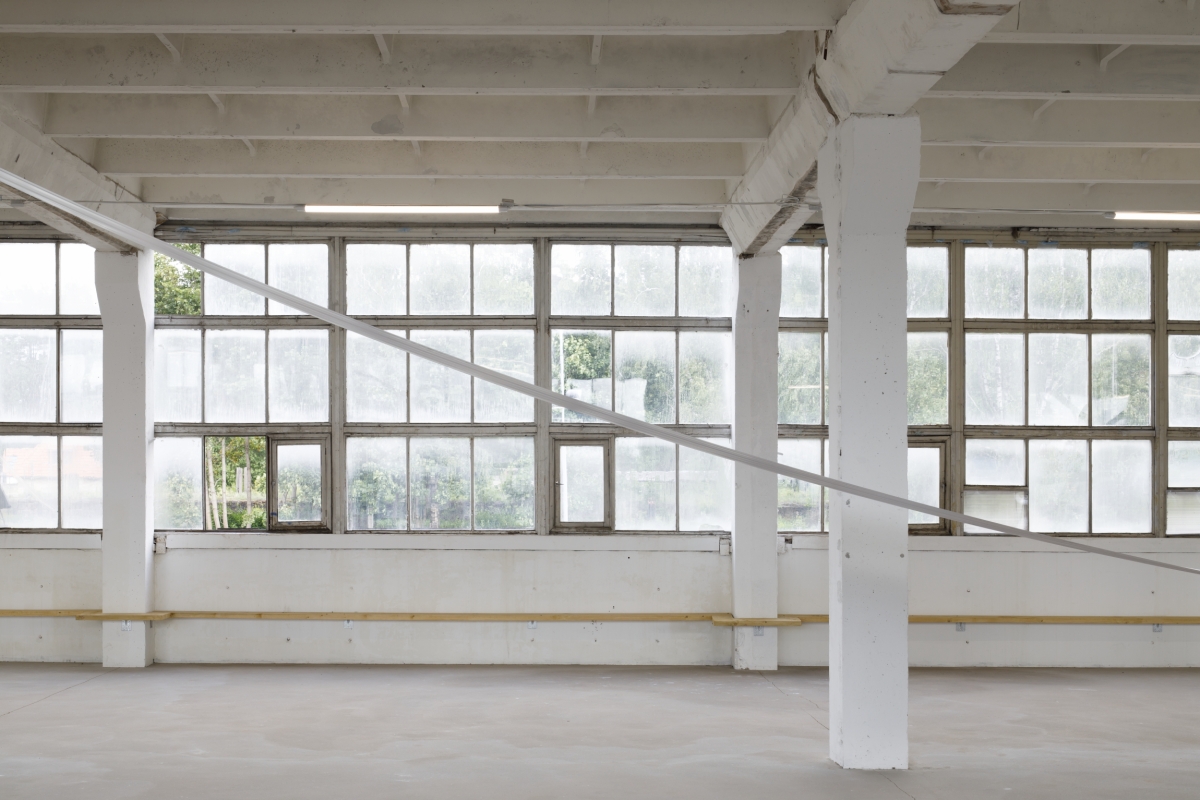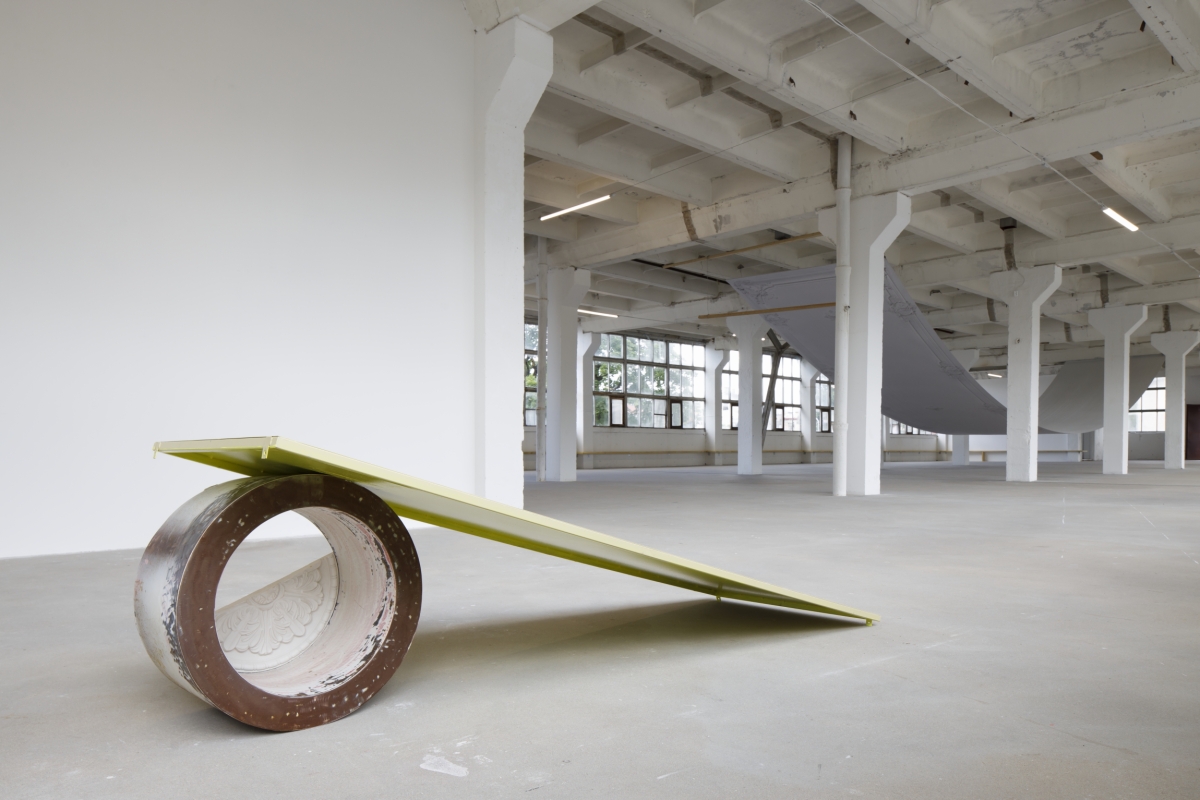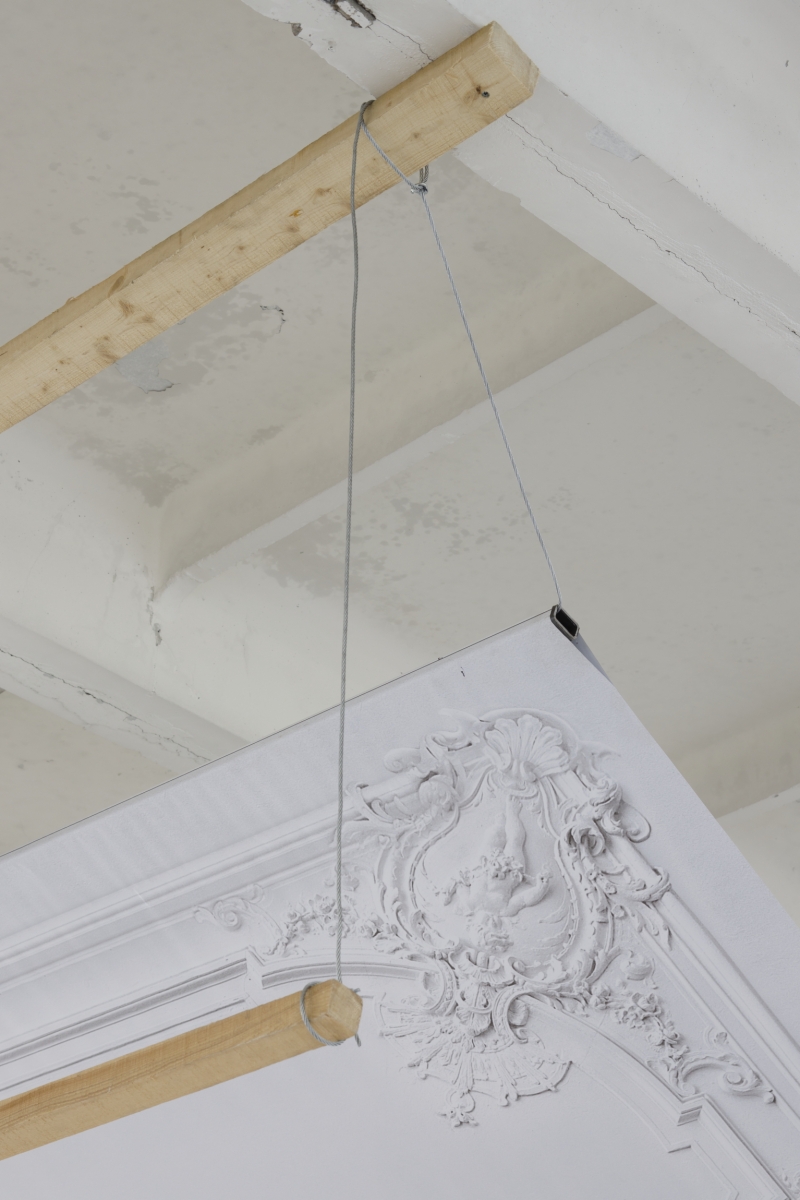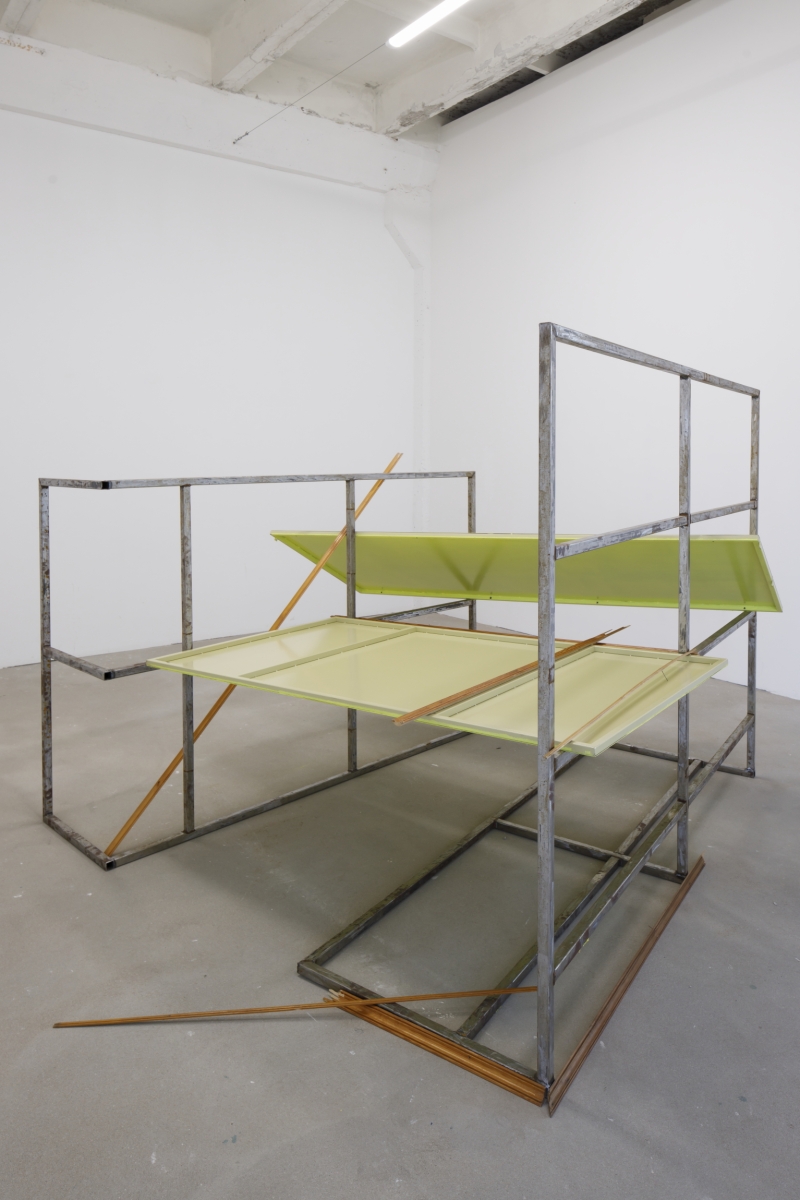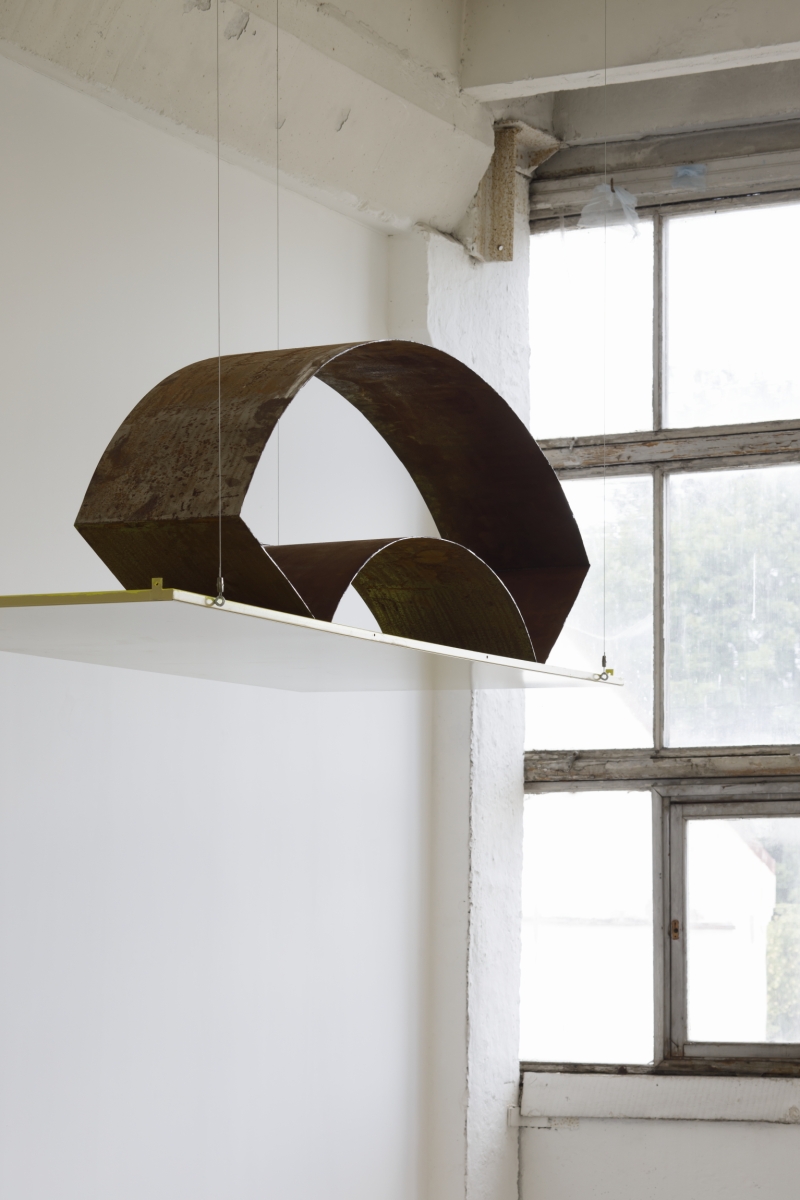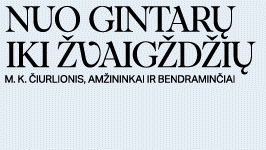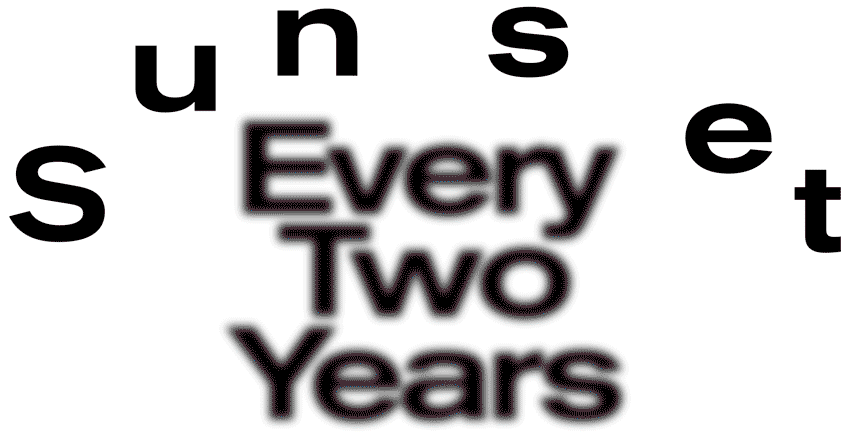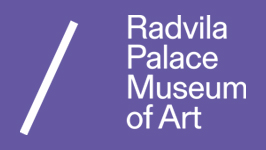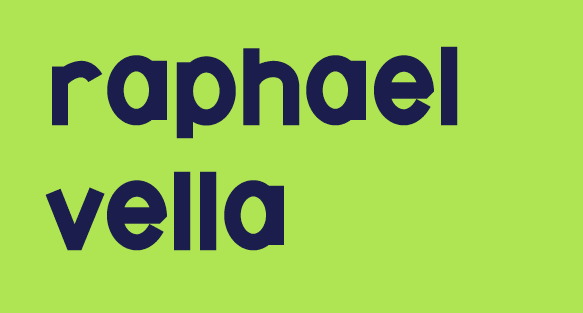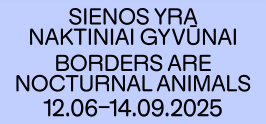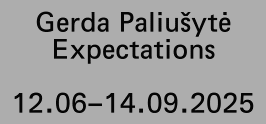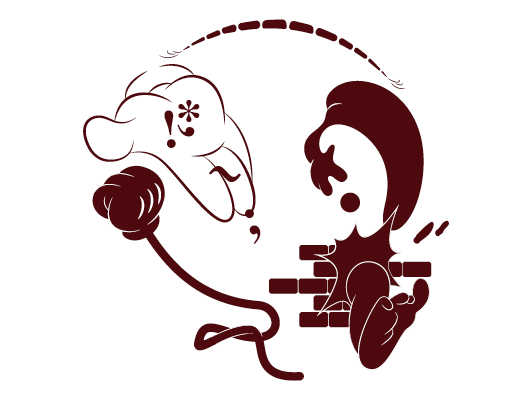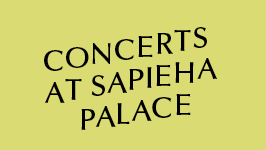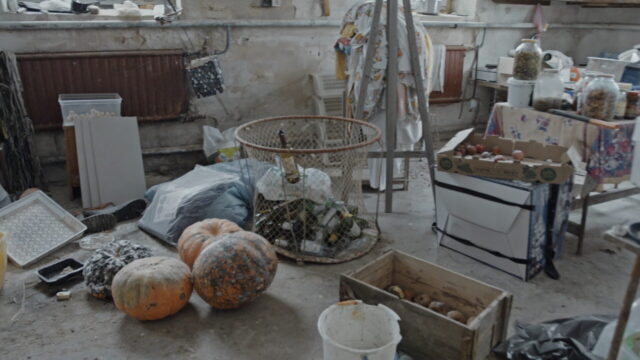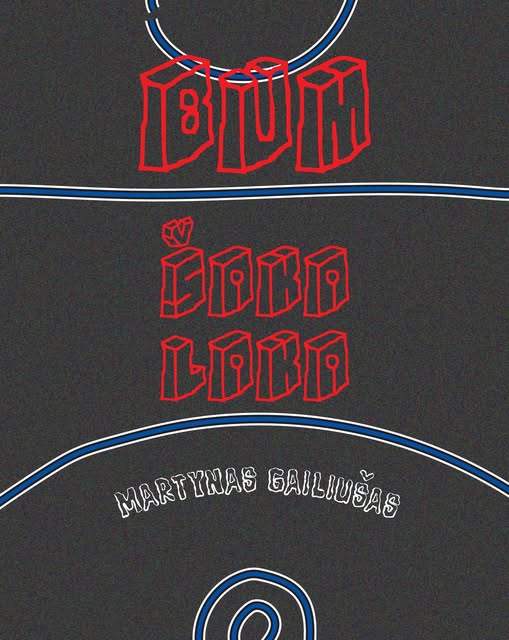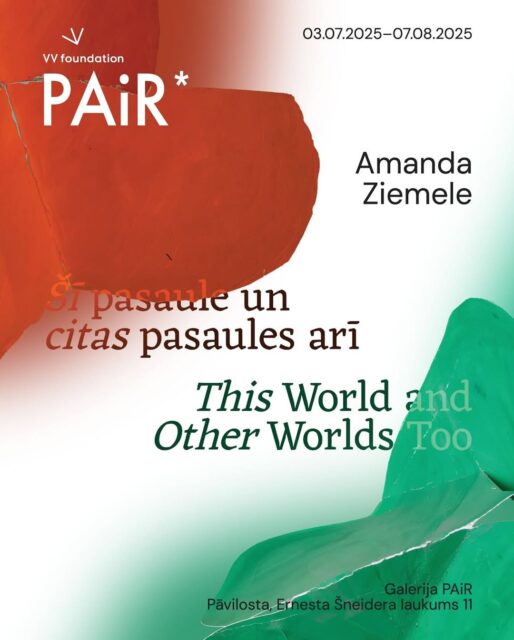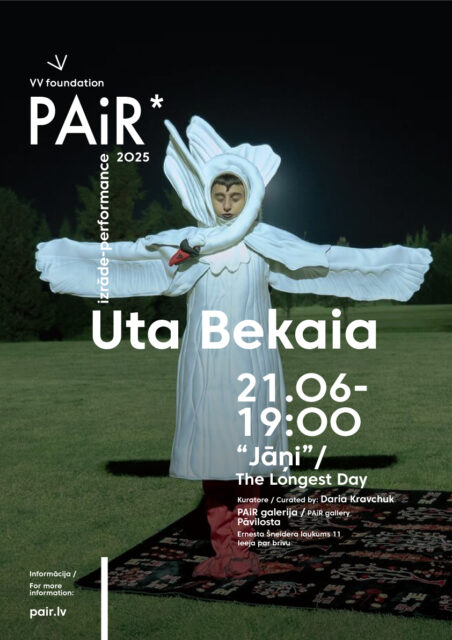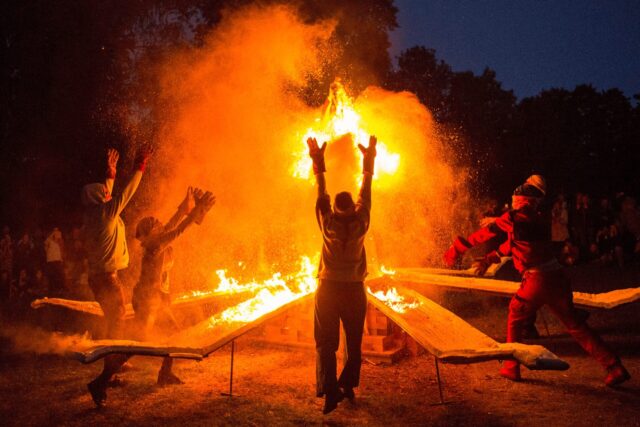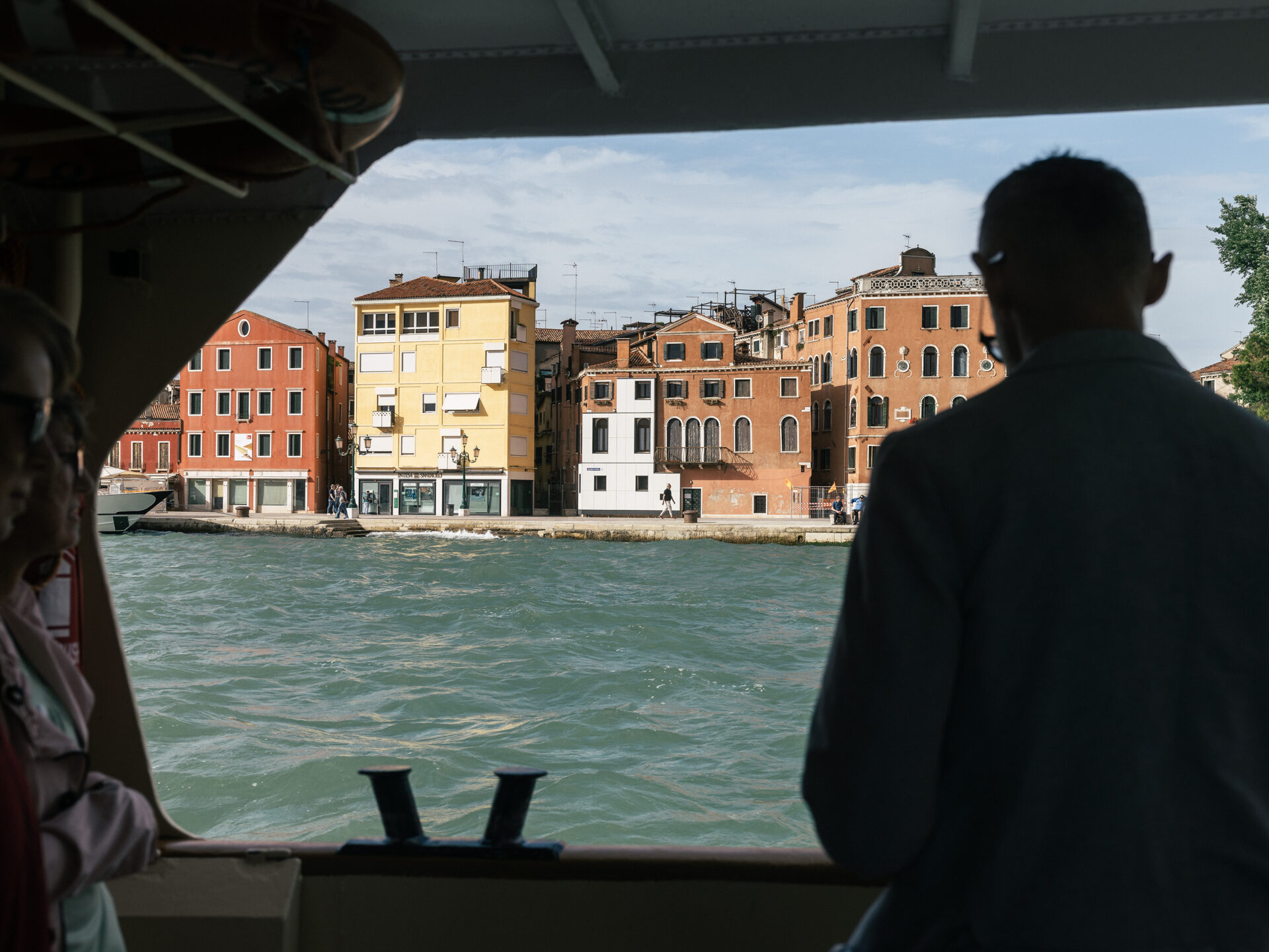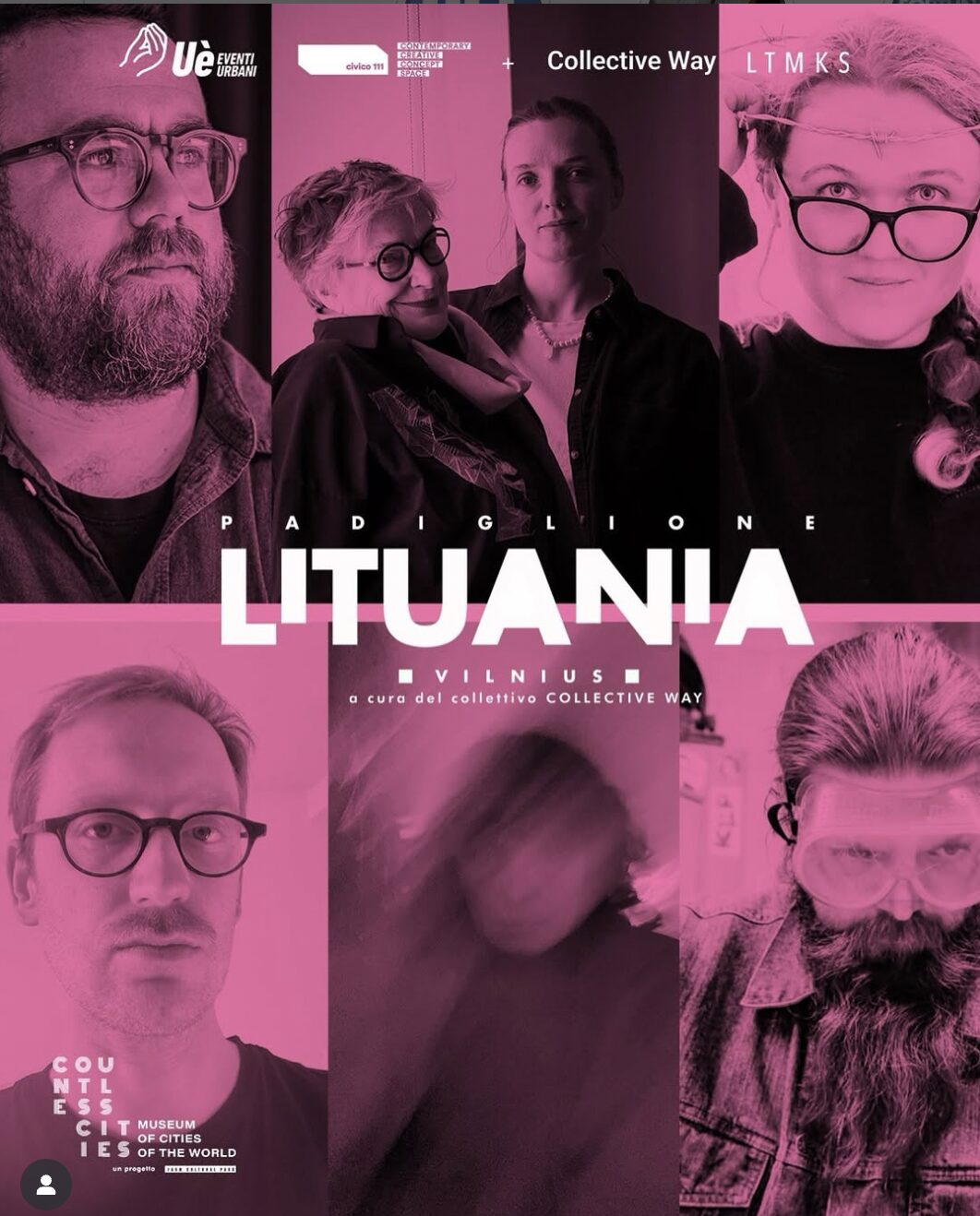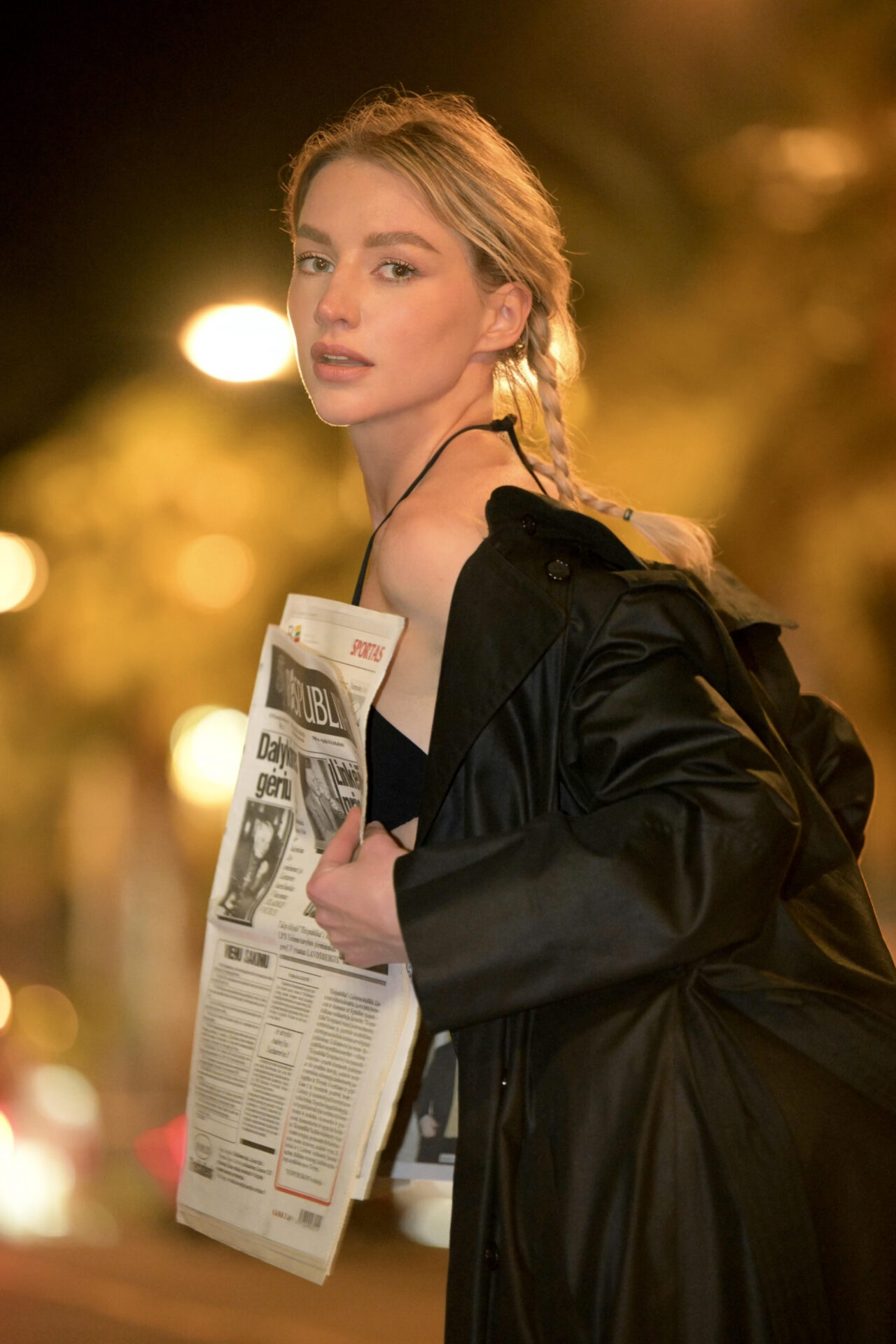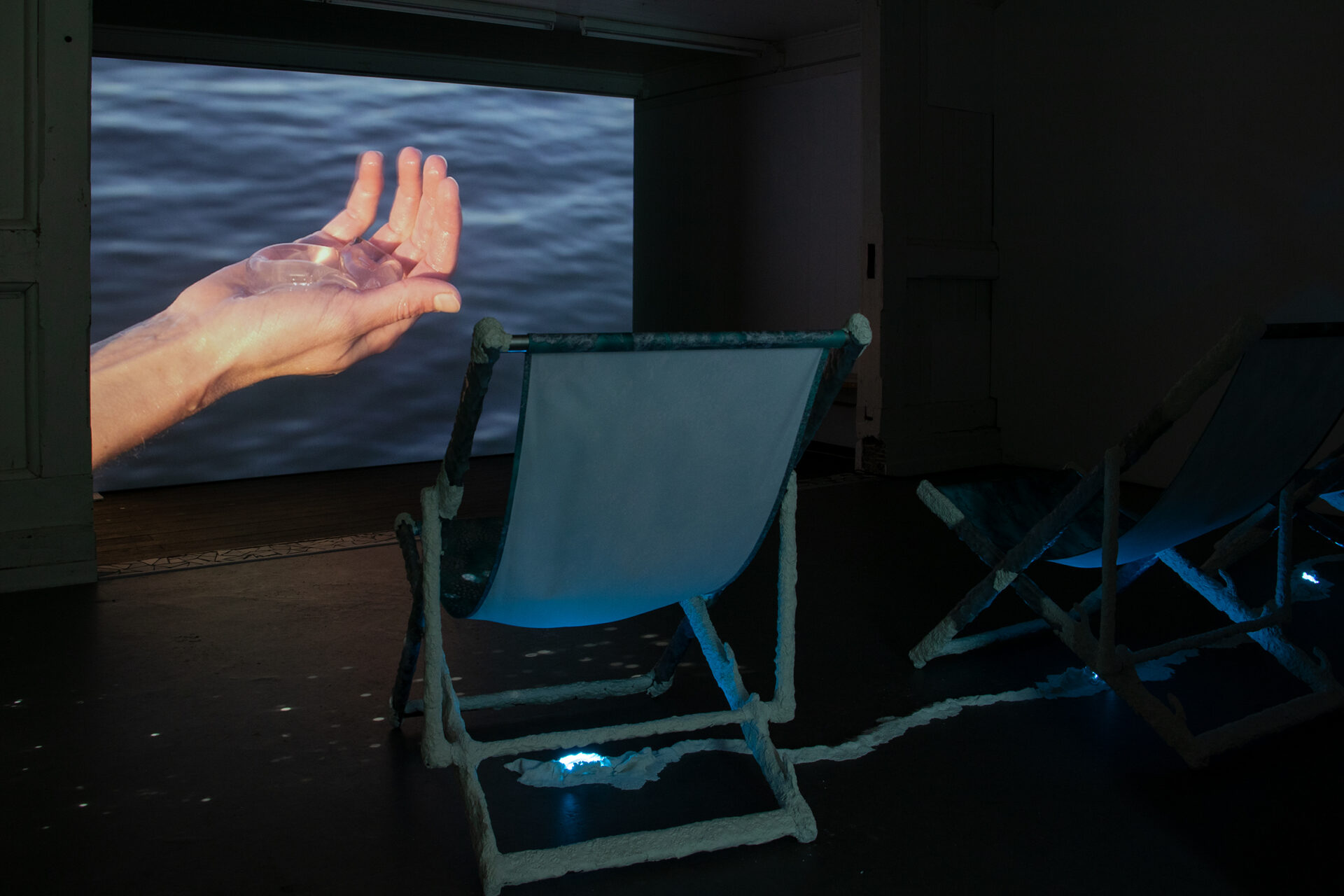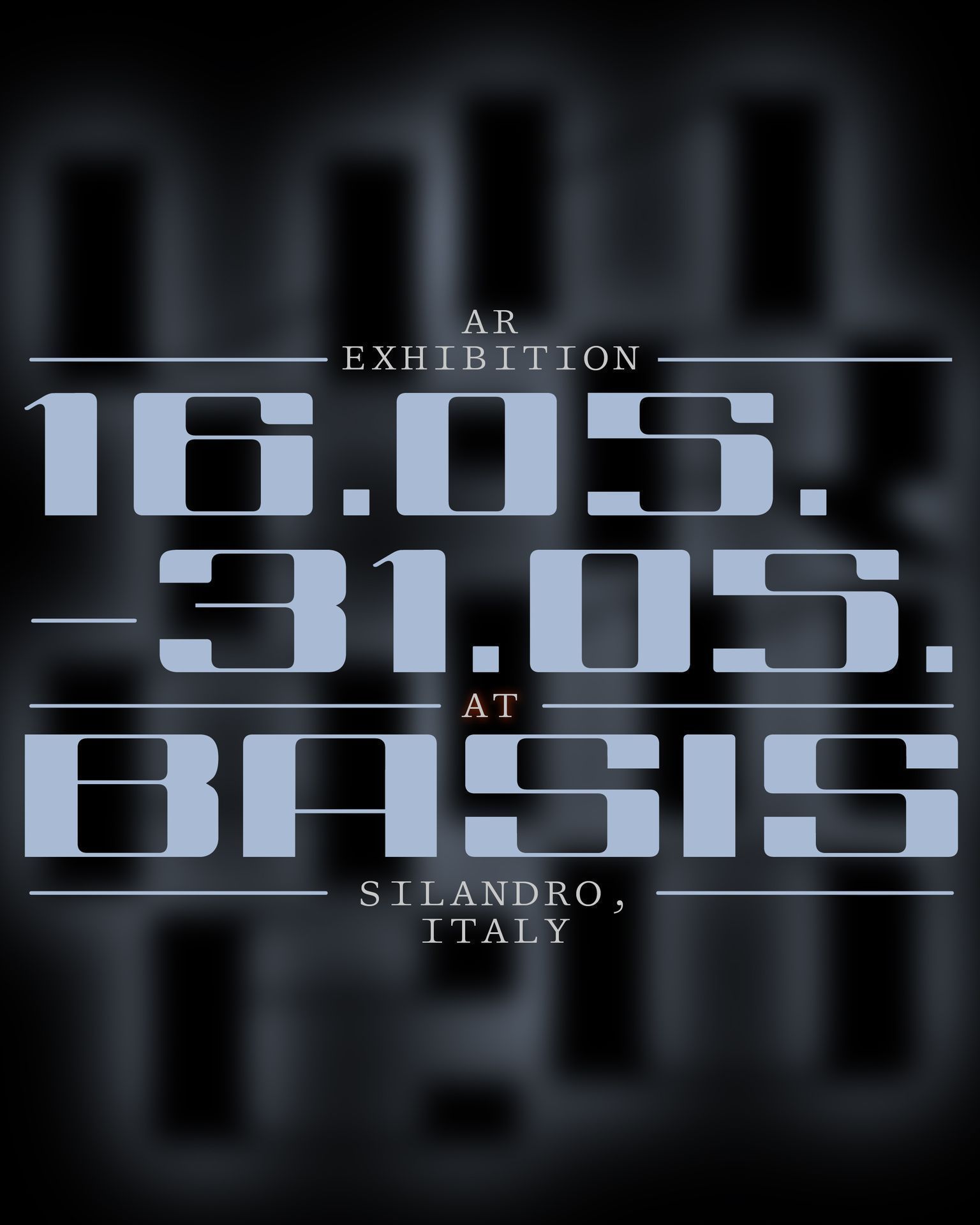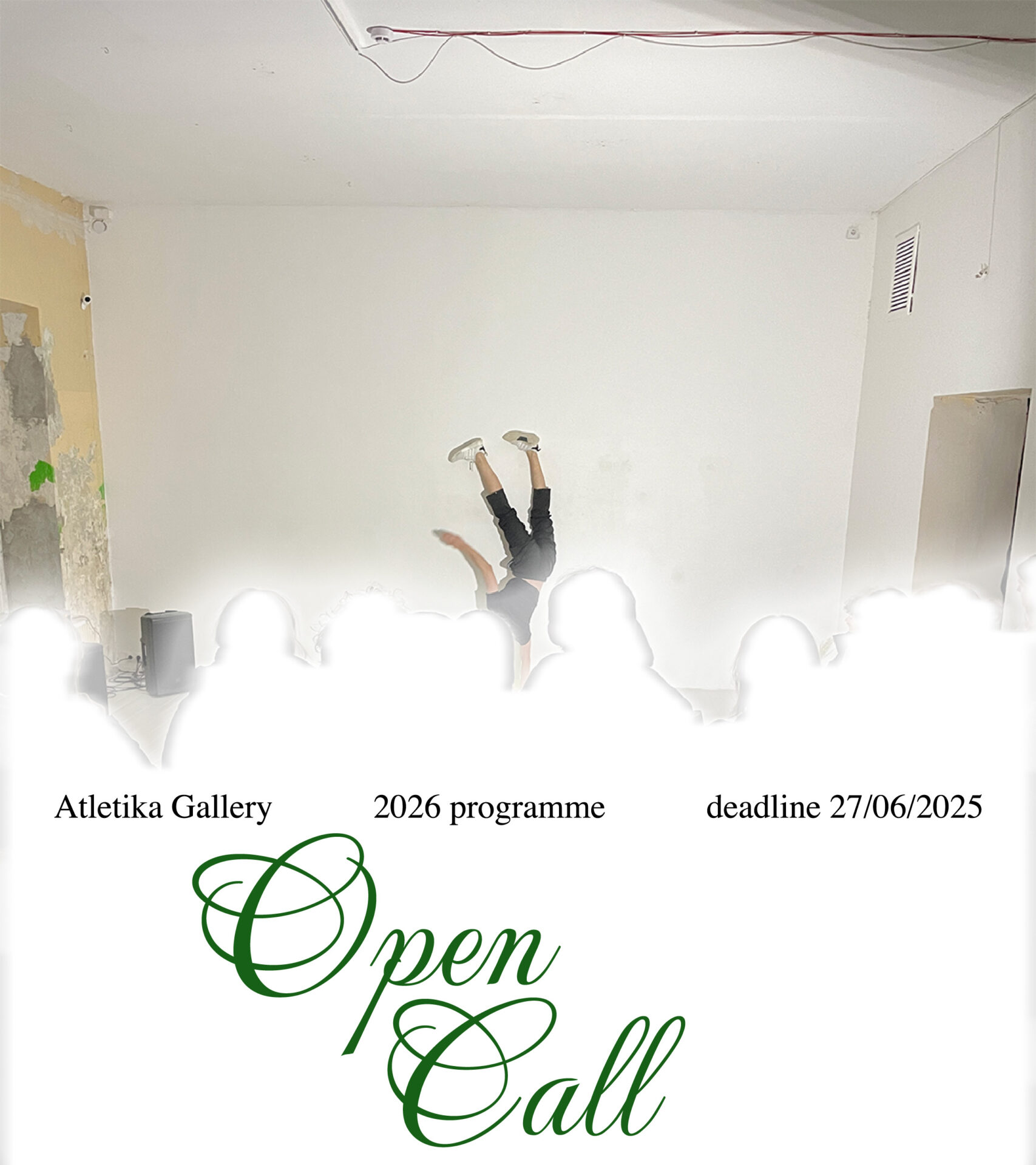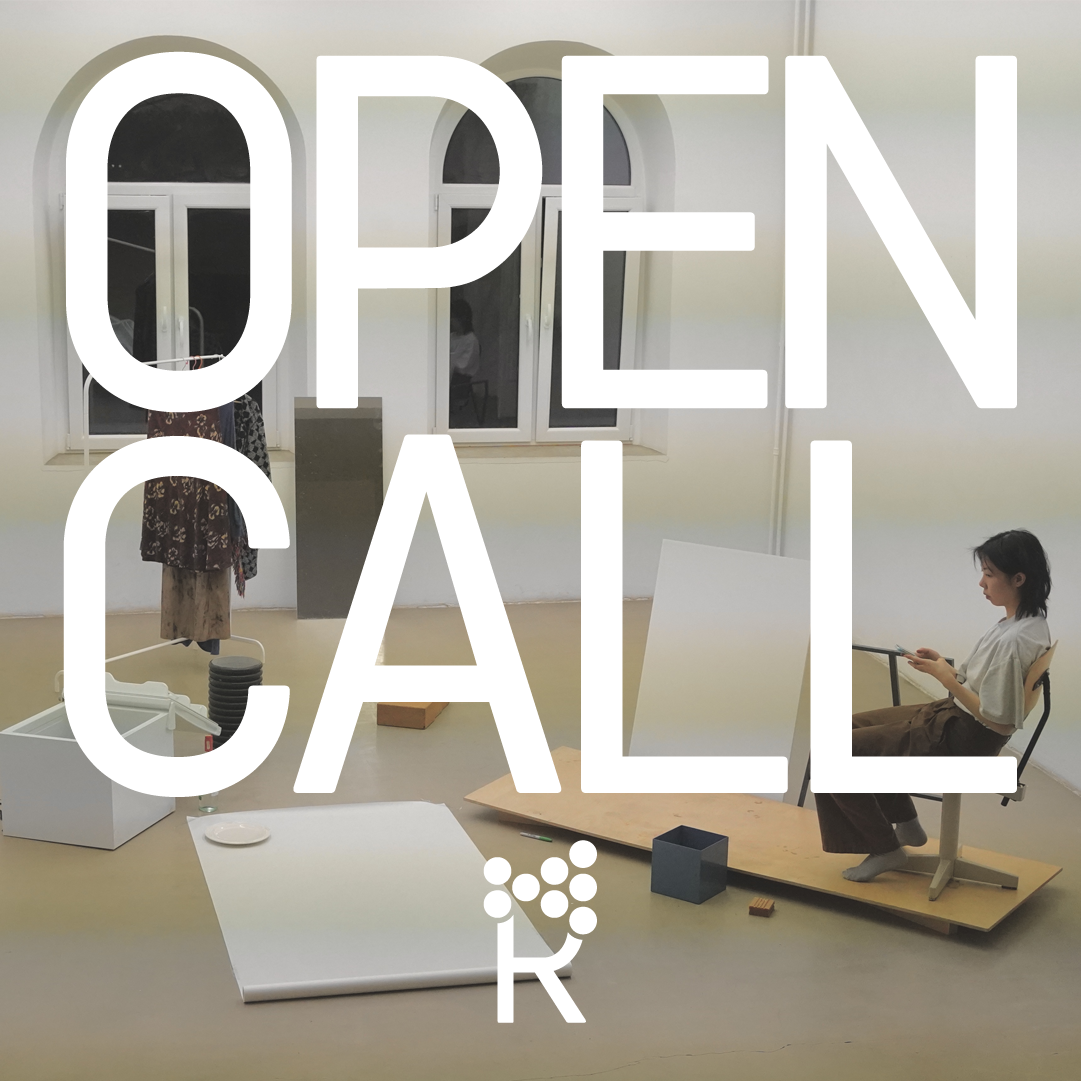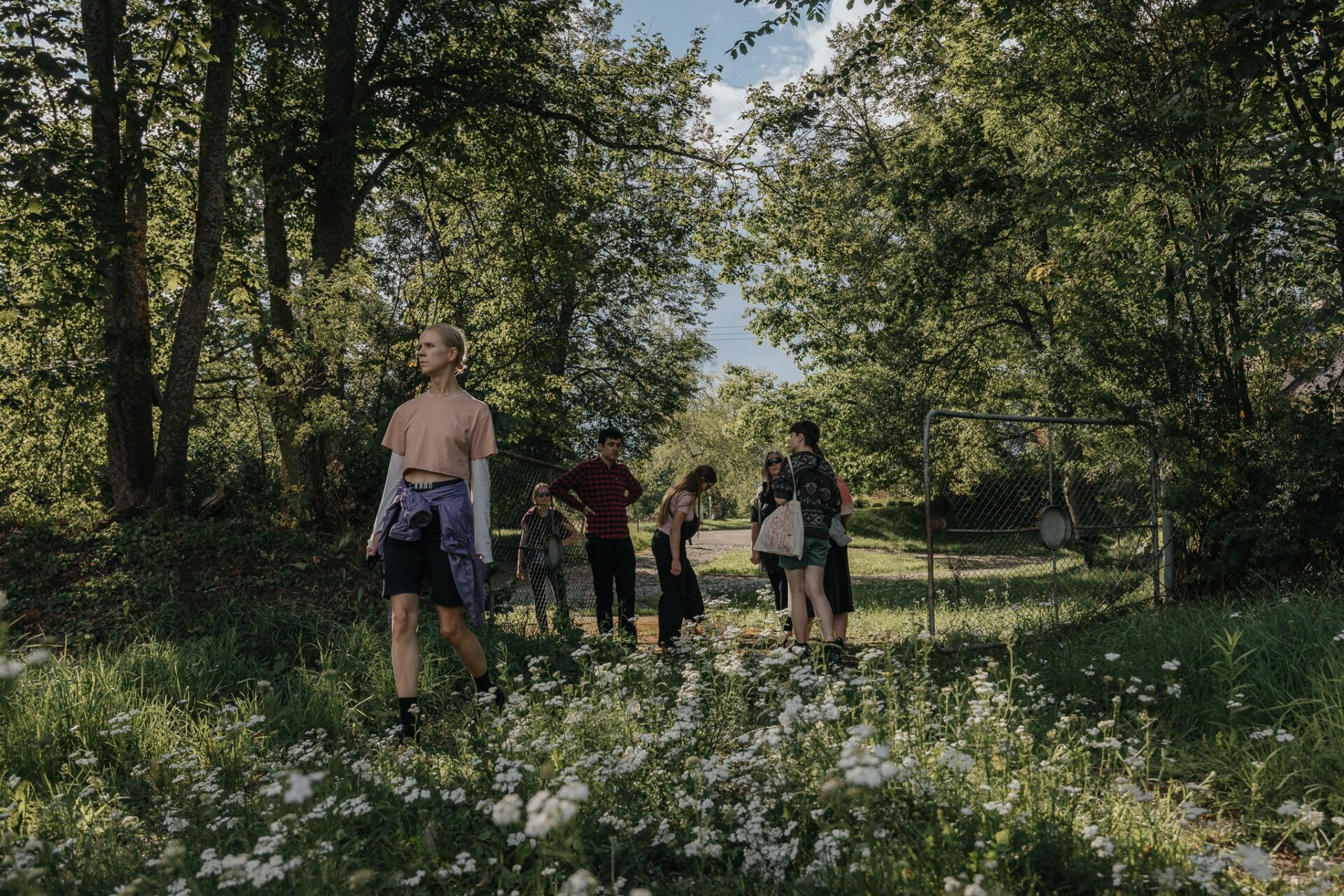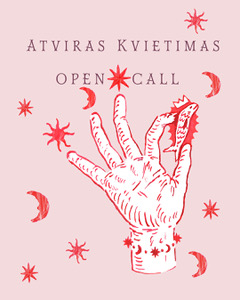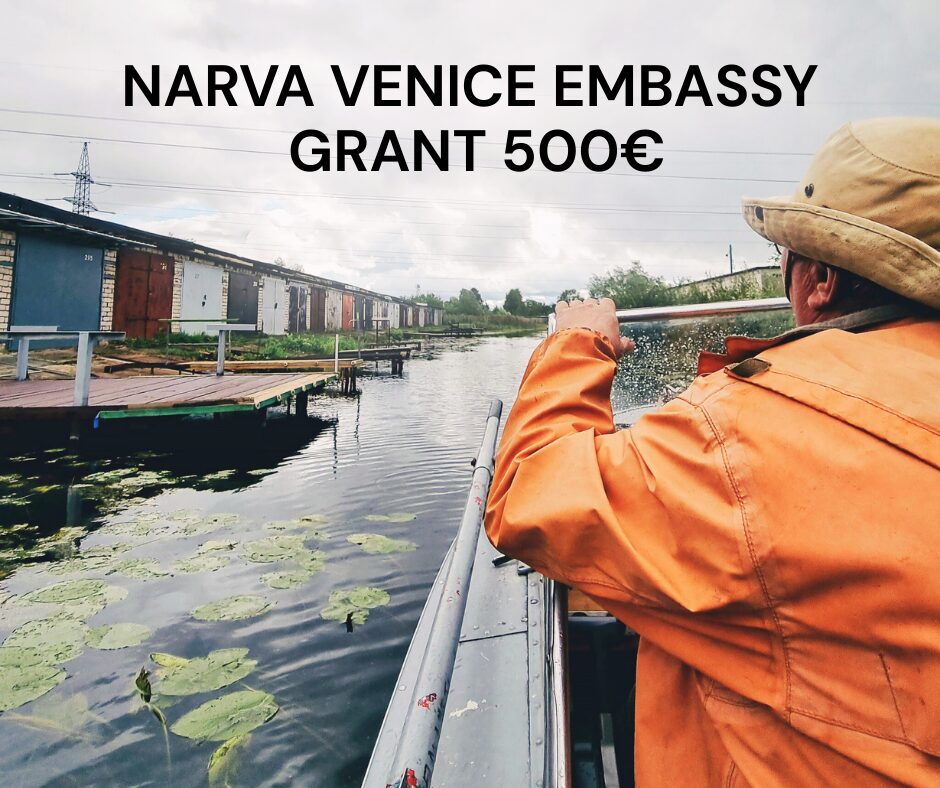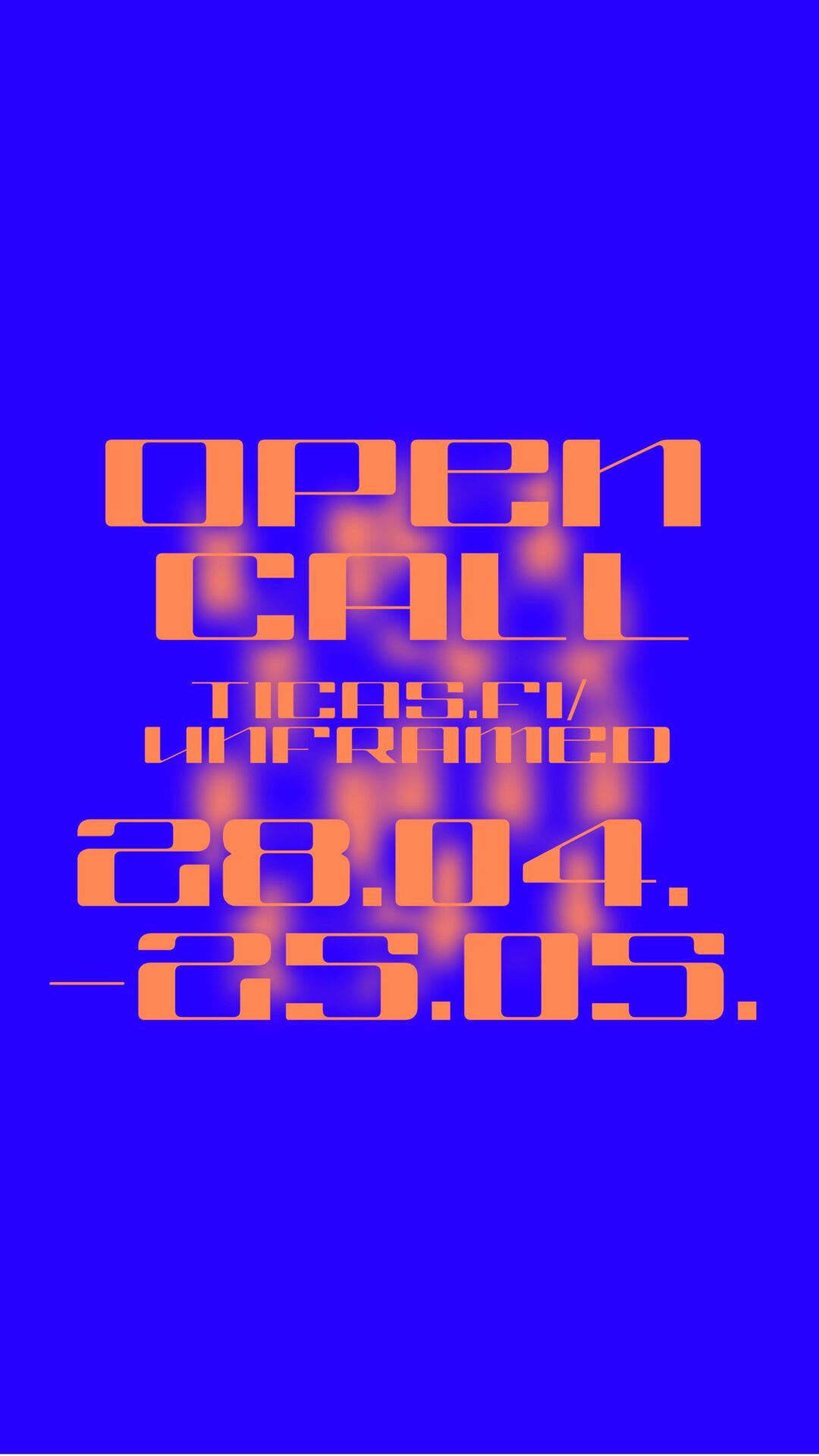There is a place in the forest, driving from Kuldīga to Sārnate, where a ‘time loop’ is observed – one may find oneself at the same intersection twice. When there is no ideological direction in the world – ‘to a better future’, ‘to the West’, ‘forward’, or ‘to a new politics’ – time forms a vertical line that pierces the ground. Everything falls into the given moment, which is singular and eternal at the same time. One finds oneself in a capsule in which there is no time, only artifacts from the past and future forming a perspective of the moment.
Walking along Raiņa Street, passing by Cēsis market, a pedestrian is stopped by someone who’s lost, asking, where is Riga Street. The pedestrian is now left wondering why everything on the map was in a language that no longer exists here. The by-passer has appeared in the same place, but we are not from the same time.
We can be in the same place and never meet.
The visually impaired work on the premises of the factory, which is simultaneously the Cēsis Contemporary Art Centre of the future. Thousands of the produced jar lids couldn’t conserve time – the heart of the building beats faster in anticipation of the upcoming reconstruction. A little boy sits on the factory front bench swinging his legs, singing the events of the day to his father. Later, the little boy will devote his life to art, involuntarily trying to return only to this moment that is the fulfilment of happiness in his memories.
When we no longer try to escape, we can only remain here: the glass pieces of the kaleidoscope are shaken into new and unprecedented artifacts.
The creators of this exhibition believe that the building has a soul, and within its walls, it nurtures events of the past. Now, stories from the times of the former Cēsis Blind Association’s educational factory (MRU 1952–1999) are being brought to life in Oļa Vasiļjeva’s installation Rosme (Activity). She has meticulously conducted a historical and emotional revision of the building to create a scenography of past events, extending beyond mere work processes. Here, active social life flourished, with self-created utopias: regular flower and handicraft exhibitions, self-expression art collectives, sports events, and a lively theatre troupe. Vasiļjeva positions the theatre as the starting point of the installation, with props left behind appearing as if frozen amid a long intermission. Among the numerous artifacts in the exhibition, which organically blend into the space, both newly created and found objects are combined. The returns at the boat construction yard have become glasses, while the kiosk, built from recycled material, has provided an opportunity for a renewed presence in society. The kiosk is also a house – often overlooked but always conveniently at hand! As in theatre, Ola has also created a stage but this is an autonomous one, not begging to be filled but rather being together in the silent presence of memories.
One transforms into another, and two become one – this exhibition begins and ends with another building, whose walls proudly settle in the exhibition’s courtyard while the roof rises above the factory roof as if indicating that it was here first. The artist Augustas Serapinas continues his practice and interest in wooden architecture, this time creating one house using two – where one part travelled from Rūdninkai in Lithuania and the other was found in Drusti, Latvia. When united, they tell the story of the strikingly similar yet different history of Lithuanians and Latvians, questioning the fate of hundreds of abandoned wooden houses in the Baltics.
In Kristaps Ancāns’ work, the processuality is of great importance, where elements are in continuous motion, transforming and combining in new ways. By reconfiguring the structure of the second-floor ceiling, he uses it as a starting point for a conversation about ideologies from different eras, inadvertently indicating that decorative elements of the ceiling change just like our convictions. The eternal human need to build a home often reveals contextual misunderstandings, as different types of ceiling coverings can be found within the same staircase space, colliding in their representative meanings, or standing out depending on the socio-economic and political situation.
The benches encircling the perimeter of the second-floor space change its character and allow for observing the transformation of the ceiling structure into a curve while retaining its warm materiality that pleasantly fills the space. Once derived from ceiling coverings, the materials now form peculiar swings of emotions in the objects created by Kristaps. Details, detached from their functions, coexist simultaneously, oblivious to context, politics, and the economy. Contextual amnesia becomes a true artifact of our time.
Through the gaps in the second-floor windows, southwestern winds bring in a poem created by Ukrainian artist Daria Chechushkova on the first day of the Russian invasion. The poem is woven into Lina Lapelytė’s song performed by the Cēsis mixed choir Beverīna – the video work and sound piece will soak within these walls and echo for a long time…
Curated by Žanete Skarule
Photography: Ansis Starks
